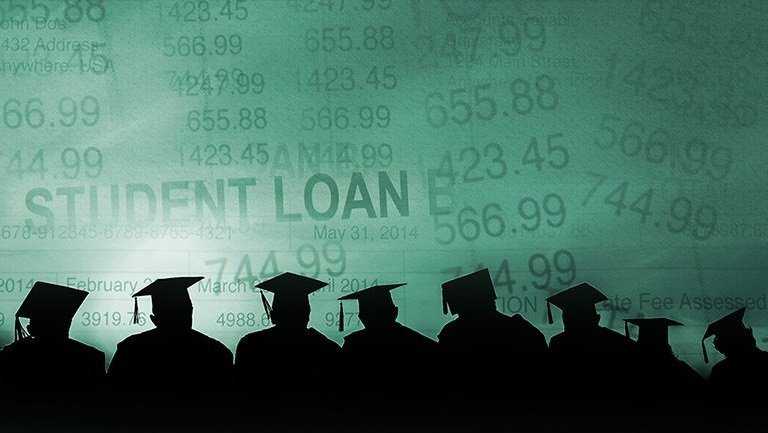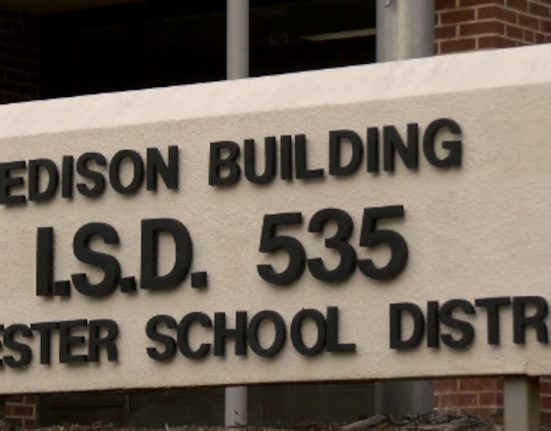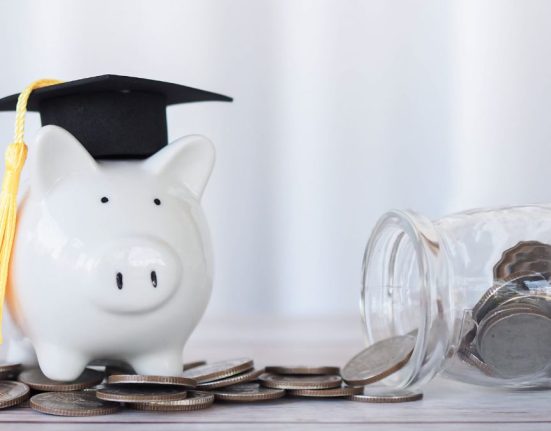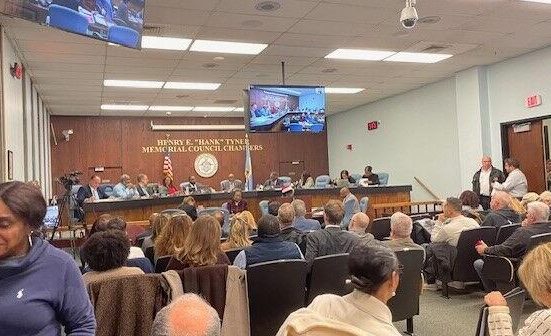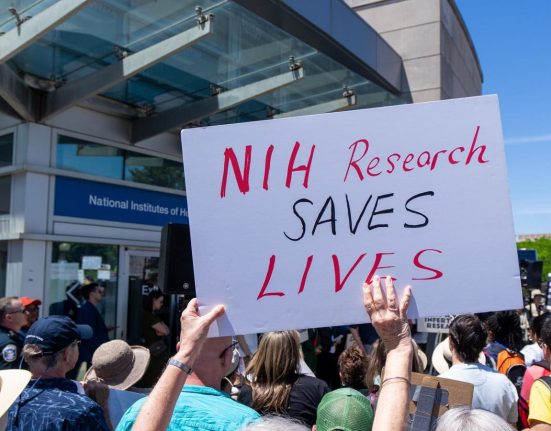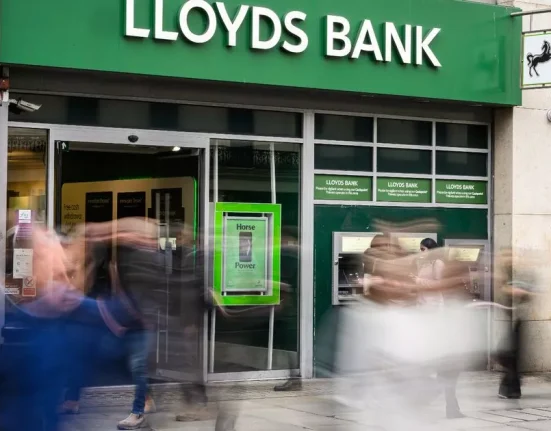Trump administration begins sending default student loans to collections
Starting Monday, the Education Department will resume reporting defaulted student loans to collections agencies, potentially affecting as many as 5 million borrowers.
The Department of Education will begin reporting defaulted student loans to collections agencies starting Monday, impacting millions of borrowers who are significantly behind on their payments.A loan is considered in default if no payment has been made for about nine months. The Trump administration says at least 5 million people could be impacted, and nearly a quarter of all people with student loan debt are in danger of default, according to the administration.Experts say borrowers at risk should take proactive steps before some of their wages and other income can be taken.”You should definitely reach out to the default resolution group, which is at the Department of Education,” Scott Buchanan, an analyst at the Student Loan Servicing Alliance, said. “You can talk to them about options to get out of default. That can include things like loan rehabilitation or loan consolidation, and taking those proactive steps today can mean that you can avert some of those involuntary collection activities that could take money out of your paycheck later.”The Office of Federal Student Aid will begin contacting people in default over the next two weeks. The Education Department says it will begin sending information about different ways to get a loan back on track. If not, the department could start taking government payments, like tax refunds and wages, in the next few weeks.People behind on their loans, but not in default, can also request up to a year of forbearance, a pause in payment, from their loan servicer.The pandemic pause on student loan payments ended in 2023, but the Trump and previous Biden administrations had not sent defaulted loans to collections until now.
The Department of Education will begin reporting defaulted student loans to collections agencies starting Monday, impacting millions of borrowers who are significantly behind on their payments.
A loan is considered in default if no payment has been made for about nine months. The Trump administration says at least 5 million people could be impacted, and nearly a quarter of all people with student loan debt are in danger of default, according to the administration.
Experts say borrowers at risk should take proactive steps before some of their wages and other income can be taken.
“You should definitely reach out to the default resolution group, which is at the Department of Education,” Scott Buchanan, an analyst at the Student Loan Servicing Alliance, said. “You can talk to them about options to get out of default. That can include things like loan rehabilitation or loan consolidation, and taking those proactive steps today can mean that you can avert some of those involuntary collection activities that could take money out of your paycheck later.”
The Office of Federal Student Aid will begin contacting people in default over the next two weeks.
The Education Department says it will begin sending information about different ways to get a loan back on track. If not, the department could start taking government payments, like tax refunds and wages, in the next few weeks.
People behind on their loans, but not in default, can also request up to a year of forbearance, a pause in payment, from their loan servicer.
The pandemic pause on student loan payments ended in 2023, but the Trump and previous Biden administrations had not sent defaulted loans to collections until now.

